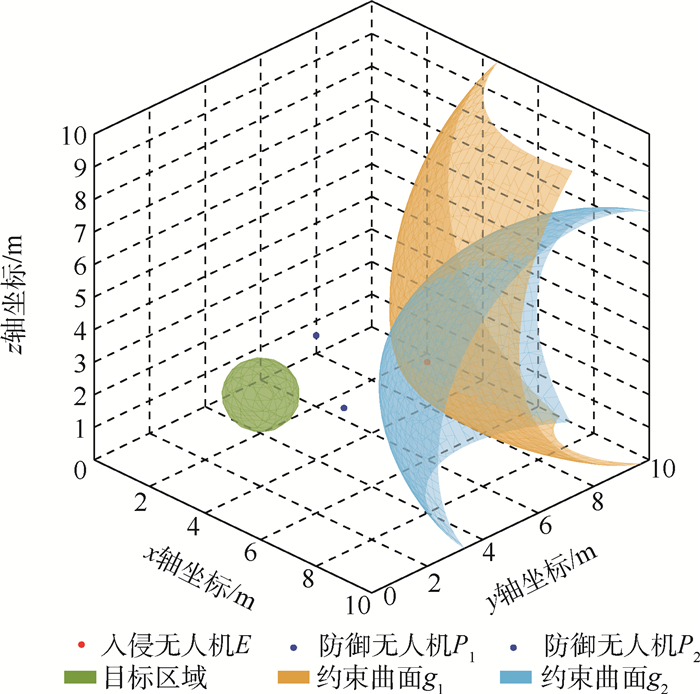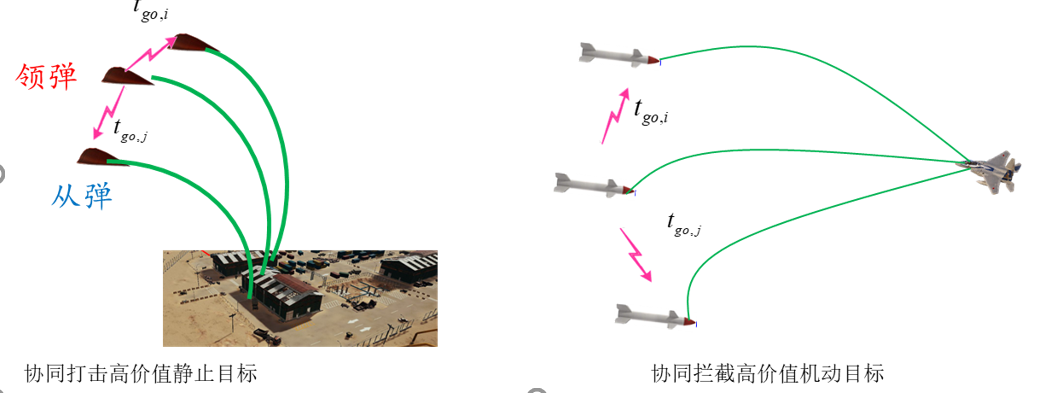2022 Vol. 48, No. 9

2022, 48(9): 1-1.
Abstract:

2022, 48(9): 4-4.
Abstract:

2022, 48(9): 5-5.
Abstract:

2022, 48(9): 6-6.
Abstract:

































 XML Online Production Platform
XML Online Production Platform

